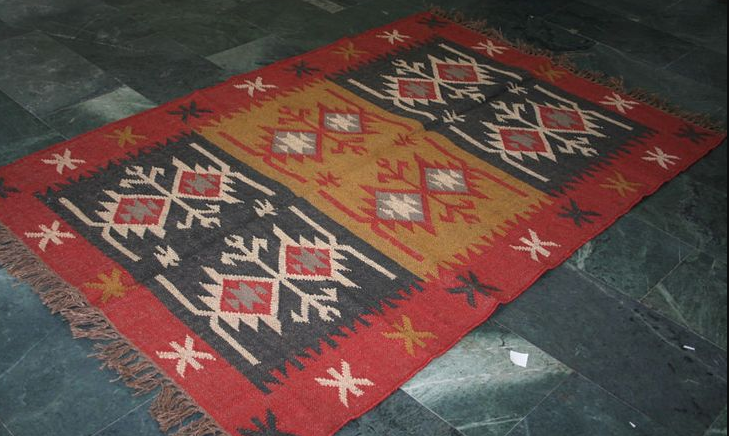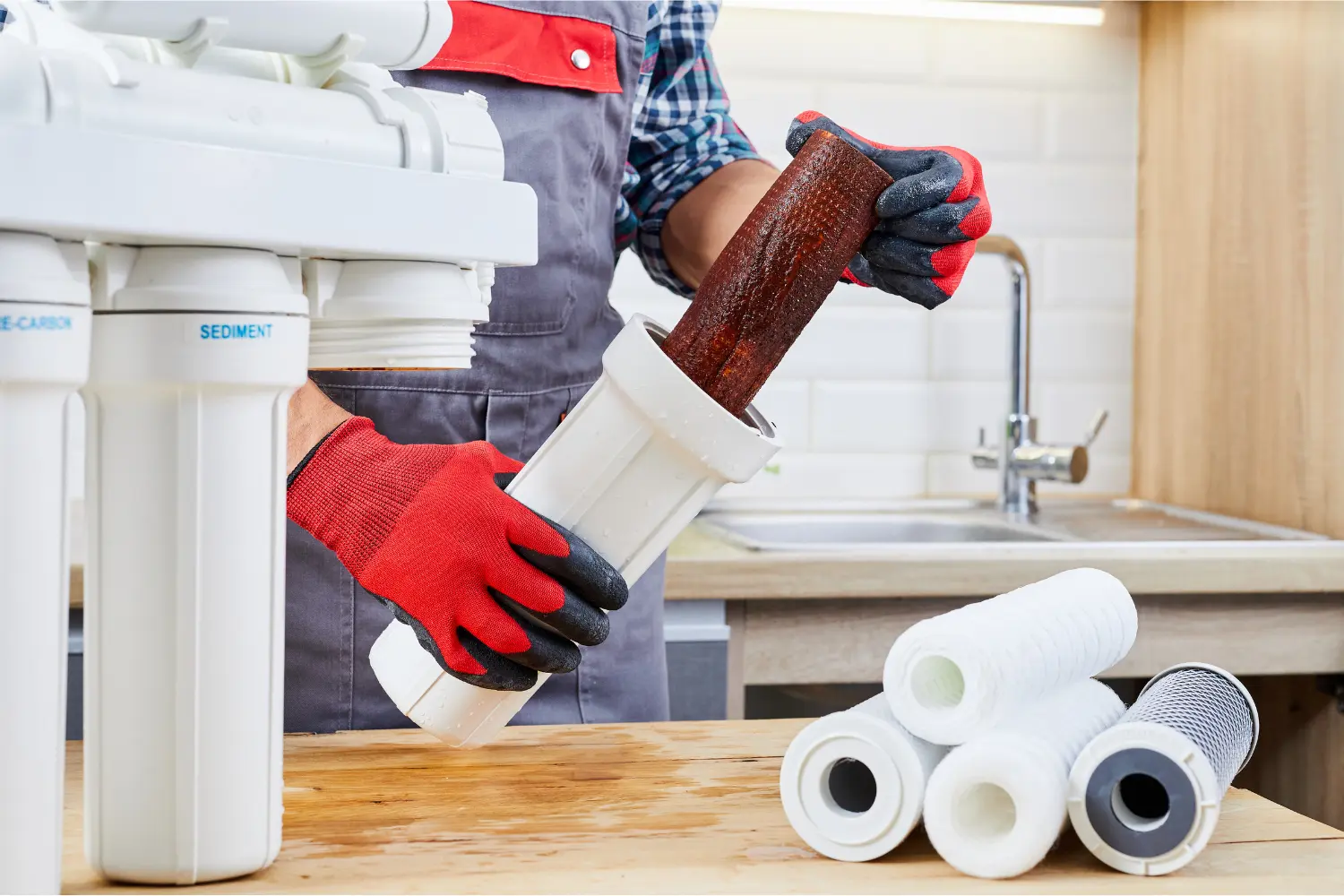In the UK’s ever-evolving interior design scene, homeowners are increasingly turning to décor items that blend style, history, and meaning. Among these treasures, the handmade rug has emerged as a timeless favourite. More than just a floor covering, it’s a statement of craftsmanship, heritage, and individuality—qualities that resonate deeply with modern British living.
The Unique Appeal of Handmade Rugs
Unlike mass-produced alternatives, handmade rug are works of art woven by skilled artisans. Each piece carries its own story, told through intricate patterns, rich colours, and traditional techniques. Many of these rugs originate from regions such as Pakistan, where weaving is a generational craft, passed down like a family heirloom.
For UK homes, they offer a rare combination of beauty and practicality. Their intricate designs can instantly transform a minimalist living room into a cosy sanctuary, while their durability makes them perfect for high-traffic areas like hallways and kitchens. Whether in a Georgian townhouse in Bath or a modern flat in Birmingham, a handmade rug can bring warmth and character to any space.
Why UK Homeowners Love Handmade Rugs
The appeal goes beyond aesthetics. UK homeowners are increasingly conscious about sustainability and ethical sourcing, and handmade rugs fit naturally into this movement. They are typically crafted from natural fibres such as wool and cotton, dyed with eco-friendly pigments, and made using processes that leave a minimal carbon footprint.
There’s also the emotional connection—owning a handmade rug feels personal. Every imperfection in the weave adds to its charm, reminding you that a human hand, not a machine, created it. This uniqueness is especially valued in UK interior trends, where individuality is a growing priority.
Styling a Handmade Rug in a UK Home
Incorporating a handmade rug into your home is a chance to express your personality. Here are some ways UK homeowners are styling them:
- Living Rooms: Positioning a richly patterned rug beneath a coffee table to create a defined and inviting seating area.
- Dining Spaces: Choosing a large rug that extends beyond the dining chairs to anchor the entire room.
- Bedrooms: Adding a soft, textured rug under the bed for a luxurious feel when stepping out in the morning.
- Hallways: Using long, narrow runners to inject colour and warmth into transitional spaces.
Tip: For homes with wooden or tiled floors—a common feature in the UK—a handmade rug can also provide extra insulation during the colder months.
Handmade Rugs and British Interior Trends
British interior design is currently embracing a blend of old and new. A handmade rug with a traditional Pakistani pattern can beautifully contrast with modern British furniture, creating a harmonious balance between heritage and contemporary style.
Some trends where these rugs work especially well include:
- Maximalist Interiors – Pairing bold, patterned rugs with equally vibrant walls and eclectic accessories.
- Neutral Palettes with a Statement Piece – Using a handmade rug as the focal point in an otherwise minimalist space.
- Layered Textures – Combining a handmade rug with throws, cushions, and natural wood furniture for a cosy, lived-in feel.
Caring for Your Handmade Rug in the UK
Handmade rugs are known for their longevity, but proper care will help them last for decades.
- Vacuum Regularly: Use a gentle setting to keep dust and dirt from settling into the fibres.
- Rotate Every Few Months: This prevents uneven wear and fading.
- Avoid Harsh Sunlight: In sunlit conservatories or rooms with large windows, consider using blinds to protect your rug’s colours.
- Professional Cleaning: Have your rug cleaned by specialists every year or two to maintain its vibrancy.
By investing a little time in care, UK homeowners can ensure their rug remains a stunning centrepiece for generations.
The Cultural Story Behind the Craft
While the UK is the final home for many of these rugs, their journey begins thousands of miles away. In Pakistani weaving communities, making a rug is not just work—it’s an expression of art, heritage, and identity. Patterns often carry symbolic meanings, representing prosperity, unity, or protection.
By choosing a handmade rug, UK buyers are doing more than decorating their homes—they’re supporting global artisans, sustaining traditional craftsmanship, and keeping cultural stories alive.
Beyond the Living Room: Alternative Uses in the UK
These rugs aren’t just for floors. UK customers are finding creative ways to display them:
- Wall Hangings: Treating a rug like a tapestry for a bold visual statement.
- Furniture Throws: Draping a small rug over a sofa or bed for added texture.
- Photography Props: Using rugs in lifestyle and product photography to add warmth and visual interest.
Why Invest in a Handmade Rug?
For UK homeowners, the investment is about more than aesthetics:
- Longevity: With proper care, a handmade rug can last for decades, even becoming a family heirloom.
- Uniqueness: No two pieces are exactly the same, ensuring your home has a one-of-a-kind feature.
- Sustainability: Supporting slow craftsmanship rather than fast, mass-produced décor.
- Value: High-quality handmade rugs can retain or even increase in value over time.
Final Thoughts:
A handmade rug is more than an interior accessory—it’s a blend of tradition, artistry, and modern practicality. In the UK, where design trends favour individuality and sustainability, these rugs offer the perfect fusion of style and substance.
Whether your taste leans towards contemporary minimalism, rustic charm, or eclectic maximalism, a handmade rug can elevate your space and tell a story worth sharing. By bringing one into your home, you’re not only enhancing your décor—you’re preserving heritage and investing in something truly timeless.












Leave a Reply